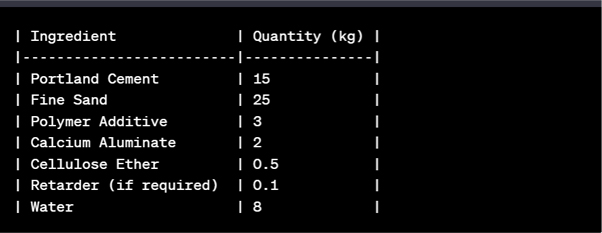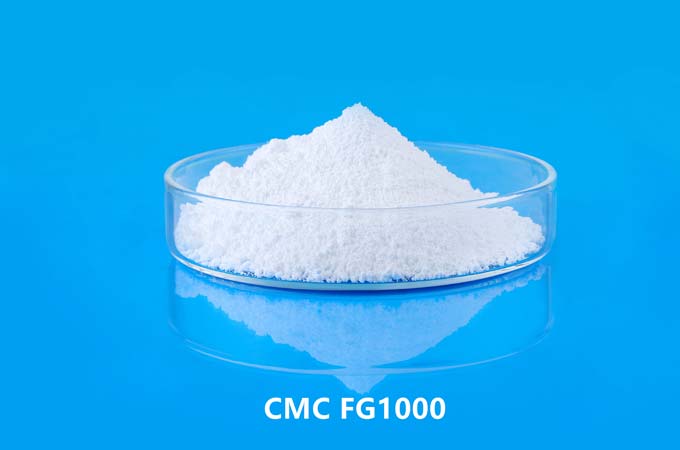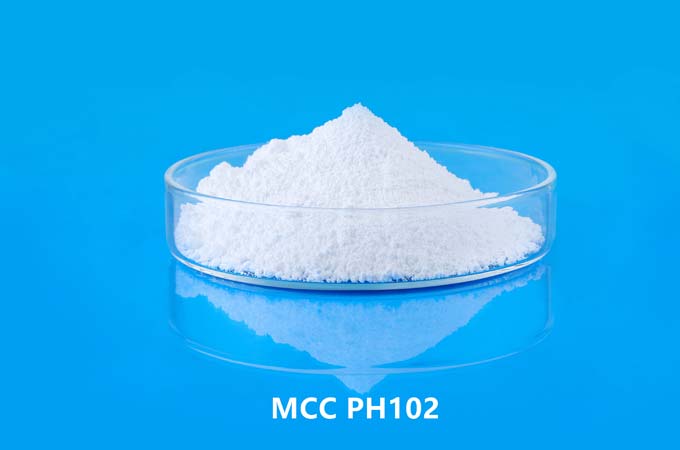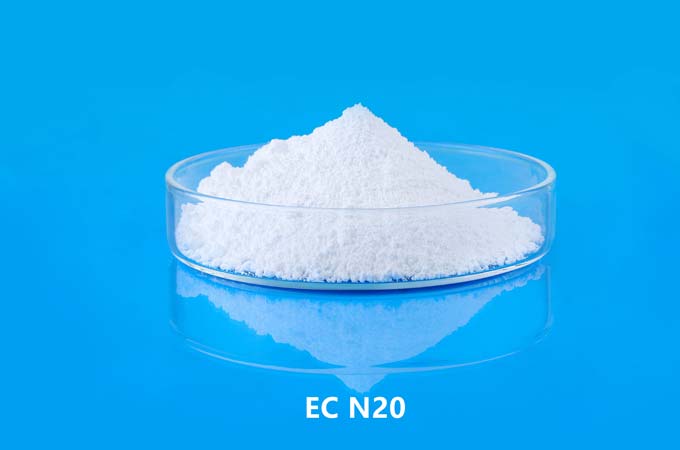Introduction
Tile bond, commonly known as tile adhesive or mortar, is a crucial component in the construction industry for affixing tiles to surfaces. Creating an effective and reliable tile bond formula requires careful consideration of ingredients, proportions, and performance characteristics. In this comprehensive guide, we'll explore the intricacies of formulating tile bond, providing a detailed table along with explanations of each ingredient, its role, and best practices in the formulation process.
Table of Contents
1. Introduction to Tile Bond
2. Key Ingredients and Their Roles
3. Formulation Table with Quantities
4. Explanation of Each Ingredient
5. Best Practices in Formulation
6. Quality Control and Testing
7. Industry Standards and Regulations
8. Conclusion
1. Introduction to Tile Bond
Tile bond is a specialized adhesive used for fixing tiles to surfaces such as walls and floors. It plays a critical role in ensuring the tiles adhere securely and durably. The formulation of tile bond involves a careful selection of ingredients to achieve desired properties such as adhesion, flexibility, and setting time.
2. Key Ingredients and Their Roles
a. Portland Cement
- Role: Provides adhesive properties and serves as the primary binding agent.
b. Fine Sand
- Role: Enhances the formulation's texture, workability, and contributes to the overall strength.
c. Polymer Additive
- Role: Improves adhesion and flexibility, enhancing the bond's performance, especially in challenging conditions.
d. Calcium Aluminate
- Role: Accelerates setting time, facilitating quicker curing of the adhesive.
e. Cellulose Ether
- Role: Enhances water retention, workability, and provides consistency to the adhesive.
f. Retarder (if required)
- Role: Optional ingredient used to slow down the setting time if necessary, providing flexibility in application.
g. Water
- Role: Adjusts the consistency of the adhesive and facilitates the curing process.
3. Formulation Table with Quantities

4. Explanation of Each Ingredient
a. Portland Cement:
- Explanation: Portland cement is the backbone of the formulation, acting as the primary binder. It provides the adhesive strength necessary for tiles to adhere to surfaces effectively.
b. Fine Sand:
- Explanation: Fine sand contributes to the texture and workability of the adhesive. It enhances the overall strength of the formulation and aids in achieving a smooth and consistent application.
c. Polymer Additive:
- Explanation: The polymer additive improves adhesion and flexibility. This is particularly important in areas where there may be movement or stress on the tiles.
d. Calcium Aluminate:
- Explanation: Calcium aluminate accelerates the setting time of the adhesive. This is beneficial for projects where a faster curing time is desired.
e. Cellulose Ether:
- Explanation: Cellulose ether enhances water retention, providing improved workability. It ensures the adhesive remains consistent and does not dry out too quickly.
f. Retarder (if required):
- Explanation: The retarder is an optional ingredient that can be added to slow down the setting time. This is useful in situations where extended working time is needed.
g. Water:
- Explanation: Water is a crucial component for adjusting the consistency of the adhesive. It initiates the curing process, allowing the adhesive to set and bond with the surface.
5. Best Practices in Formulation
Creating a high-quality tile bond involves adhering to best practices in the formulation process:
a. Precision in Measurement:
- Ensure accurate measurement of each ingredient to maintain the desired proportions and consistency.
b. Mixing Procedure:
- Follow a systematic mixing procedure to achieve a homogeneous and lump-free adhesive.
c. Temperature Considerations:
- Be mindful of ambient temperature, as it can impact the curing time and overall performance of the adhesive.
d. Testing and Adjustments:
- Conduct trials and tests to assess the adhesive's performance. Adjust the formulation if needed based on testing results.
e. Consistency Checks:
- Regularly check the consistency of the adhesive during application to ensure it meets the desired standards.
6. Quality Control and Testing
Quality control is paramount in tile bond formulation. Regular testing should include assessments of:
- Adhesive strength
- Setting time
- Flexibility
- Water resistance
Adhering to strict quality control measures ensures the consistency and reliability of the tile bond.
7. Industry Standards and Regulations
Compliance with industry standards and regulations is crucial. Adhering to guidelines set by relevant authorities ensures that the formulated tile bond meets safety and performance standards.
8. Conclusion
formulating tile bond requires a meticulous approach, considering the role of each ingredient and adhering to best practices. The provided table offers a starting point, but adjustments may be necessary based on specific project requirements. Regular testing, quality control measures, and compliance with industry standards contribute to the creation of a reliable and effective tile bond.
 English
English 日本語
日本語 français
français Deutsch
Deutsch Español
Español italiano
italiano русский
русский português
português العربية
العربية Türkçe
Türkçe Nederland
Nederland




